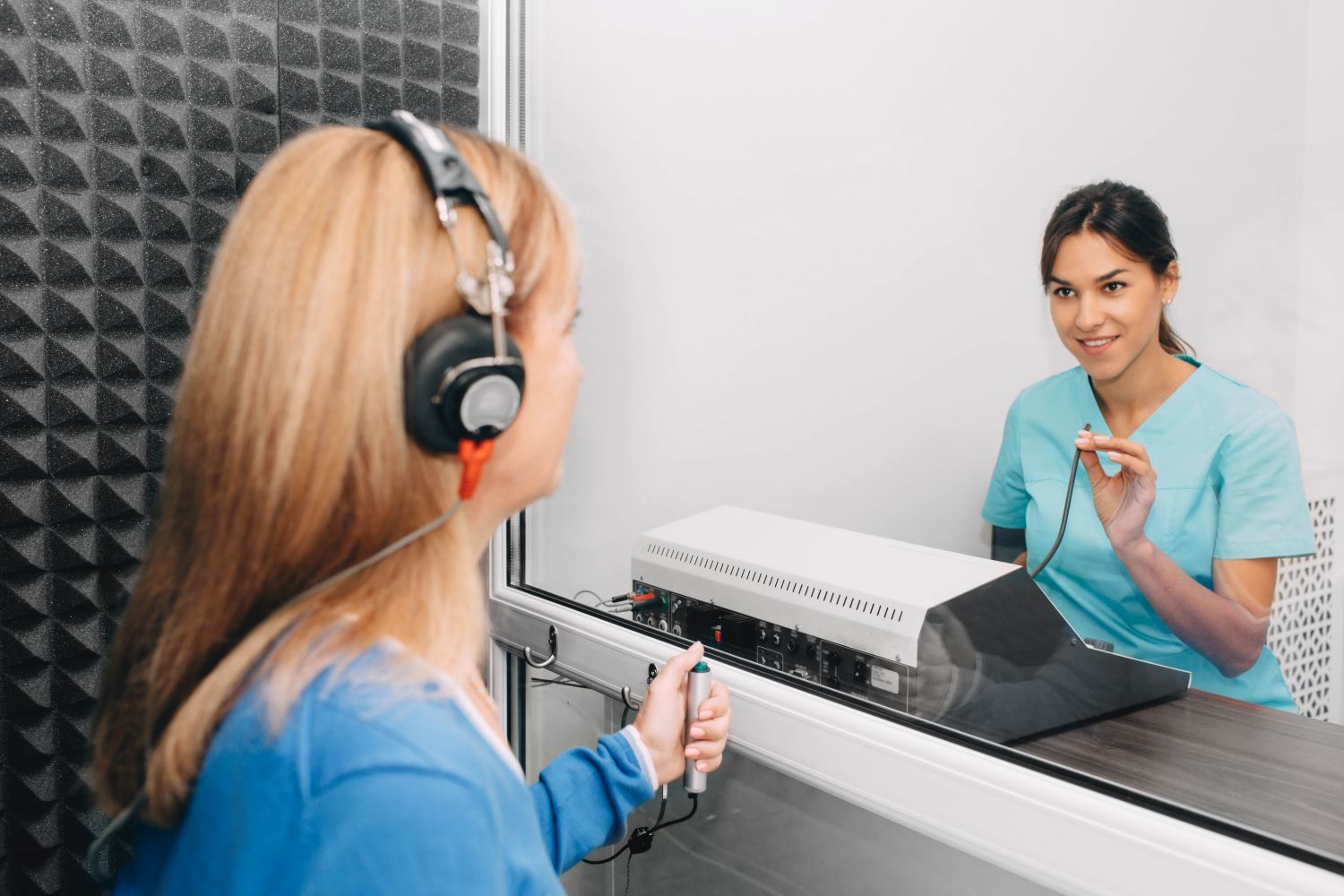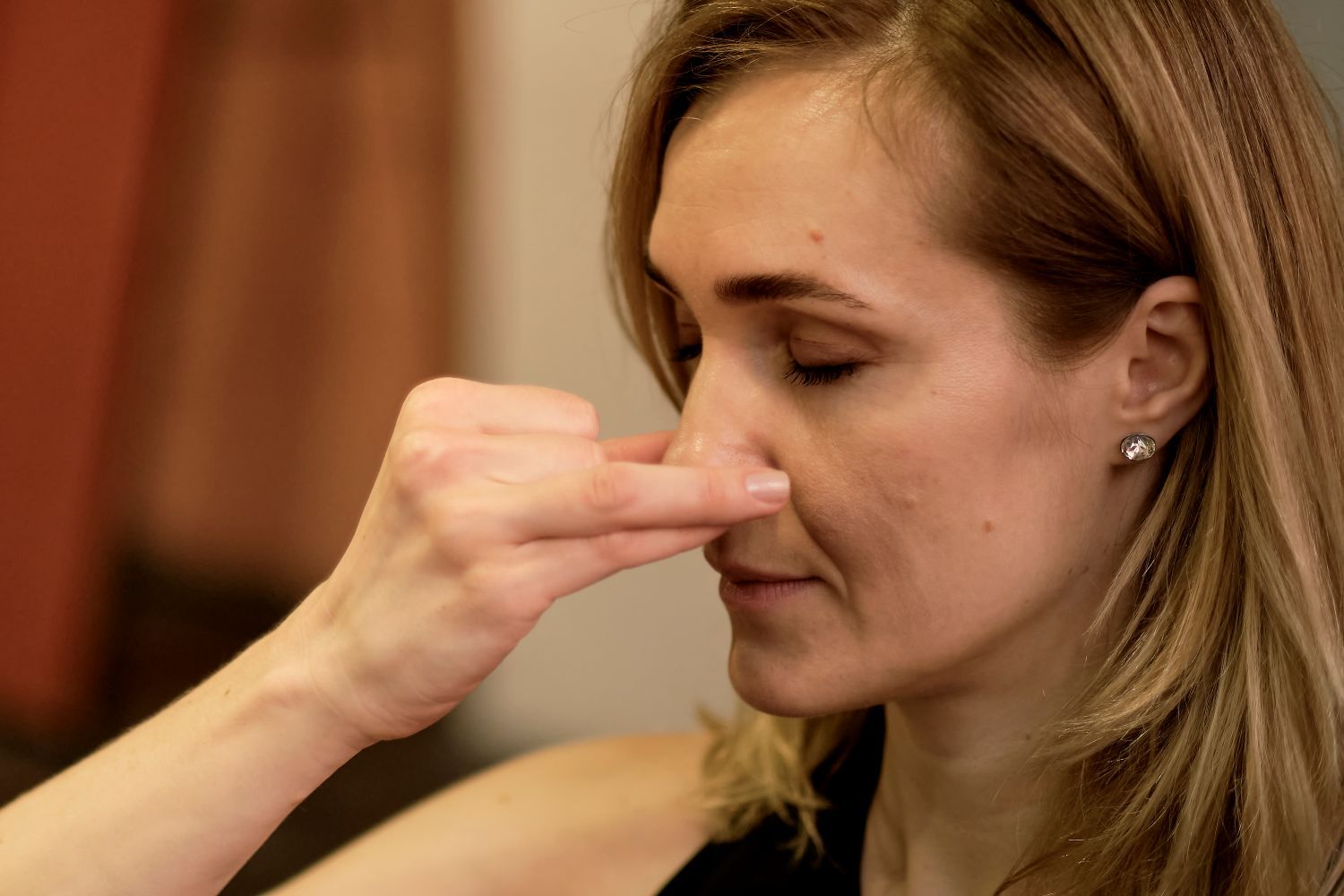How to Stop Postnasal Drip
Postnasal drip is a common condition where excess mucus accumulates in the throat or back of the nose. This mucus can originate from the sinuses or nasal passages. It often leads to coughing, throat irritation, and a frequent need to clear the throat. Understanding its causes and finding effective treatments can greatly improve comfort and health.
Causes of Postnasal Drip
Several factors can cause postnasal drip. Allergies to pollen, dust, or pet dander are common culprits. Infections like the common cold or sinusitis can also lead to this issue. Additionally, dry air, certain foods, and some medications may increase mucus production.
Symptoms to Watch For
The main symptom of postnasal drip is a feeling of mucus dripping down the back of the throat. This can cause a sore throat, coughing, or a hoarse voice. Other symptoms may include bad breath, nausea, and difficulty swallowing.
Effective Strategies for Relief
Now that you understand the cause, let's explore strategies to combat postnasal drip:
Proper Hydration
Drinking plenty of fluids, especially water, thins mucus, making it easier to drain. Aim for eight glasses of water daily. Warm liquids like broth or herbal tea can further soothe irritated passages.
Take on Steam
Inhaling steam loosens mucus and opens nasal passages. Take a hot shower or breathe over a bowl of steaming water with a towel draped over your head (be mindful of the heat). Alternatively, use a humidifier to add moisture to the air, especially at night.
Use Saline Spray
Saline nasal sprays mimic natural saltwater and gently cleanse the nasal passages, thinning mucus and promoting drainage. Use saline spray several times a day as needed.
Rest and Recuperation
When you're battling a cold or allergies, focus on getting enough sleep to allow your body to heal. Proper sleep strengthens your immune system and fights off the underlying condition.
Identify and Avoid Triggers
If allergies are the reason, pinpoint your triggers and take steps to avoid them. This might involve using air purifiers, keeping windows closed during high pollen seasons, and washing bedding regularly.
Over-the-Counter Relief
Consider over-the-counter medications like antihistamines (for allergies) or decongestants (for sinus congestion) to reduce mucus production and promote drainage. Consult a pharmacist or doctor to choose the right medication for your needs.
Elevate Your Head at Night
Prop your head up with extra pillows while sleeping. This helps with drainage and prevents mucus from pooling in your throat.
GERD Management
If you suspect GERD is contributing to your postnasal drip, talk to your doctor about managing your reflux. This might involve lifestyle changes like avoiding certain foods and medications or taking medication to reduce stomach acid.
When to See a Doctor
Your doctor can diagnose the underlying cause and recommend appropriate treatment. You should seek medical attention if you experience:
Symptoms that last longer than three weeks
- A fever
- Difficulty breathing
- Facial pain
- Thick, yellow, or green mucus
- Bloody mucus
Conquer your postnasal drip and breathe easy again! ENT Medical and Surgical Group offers expert diagnosis and personalized treatment plans to address the root cause of your discomfort. Contact us today and experience the relief you deserve. We're here to help you breathe freely!













